In a remarkable display of power and dominance, a colossal male Siberian Tiger strides through the gates of his territory, sending a clear message to a group of smaller tigers: he is the undisputed king of this domain.
Introduction

Footage of the event was captured at a tiger sanctuary. The scene unfolded with an air of primal intensity, as the imposing figure of the male tiger commanded attention with each confident step.
A Majestic Beast

As the gates swing open, revealing the majestic creature within, one cannot help but feel a sense of reverence for this magnificent predator. With a regal demeanor and an aura of authority, the male tiger exudes dominance, his presence alone enough to instill fear in those who dare to challenge him.
Know Your Leader

The smaller tigers, recognizing the sheer power of their larger counterpart, shrink back in deference, their tails tucked and ears flattened in submission. It’s a stark reminder of the hierarchical nature of tiger society, where size and strength often determine rank and status within the pride.
Group Dynamics

This iconic encounter serves as a potent symbol of the intricate dynamics at play in the world of Siberian Tigers. While these solitary creatures may roam alone for much of their lives, they are not immune to occasional interactions with their own kind, especially when territories overlap or during mating season.
Footage

You can watch the footage here. Next, we dive into the social structure of tiger groups:
Social Dynamics
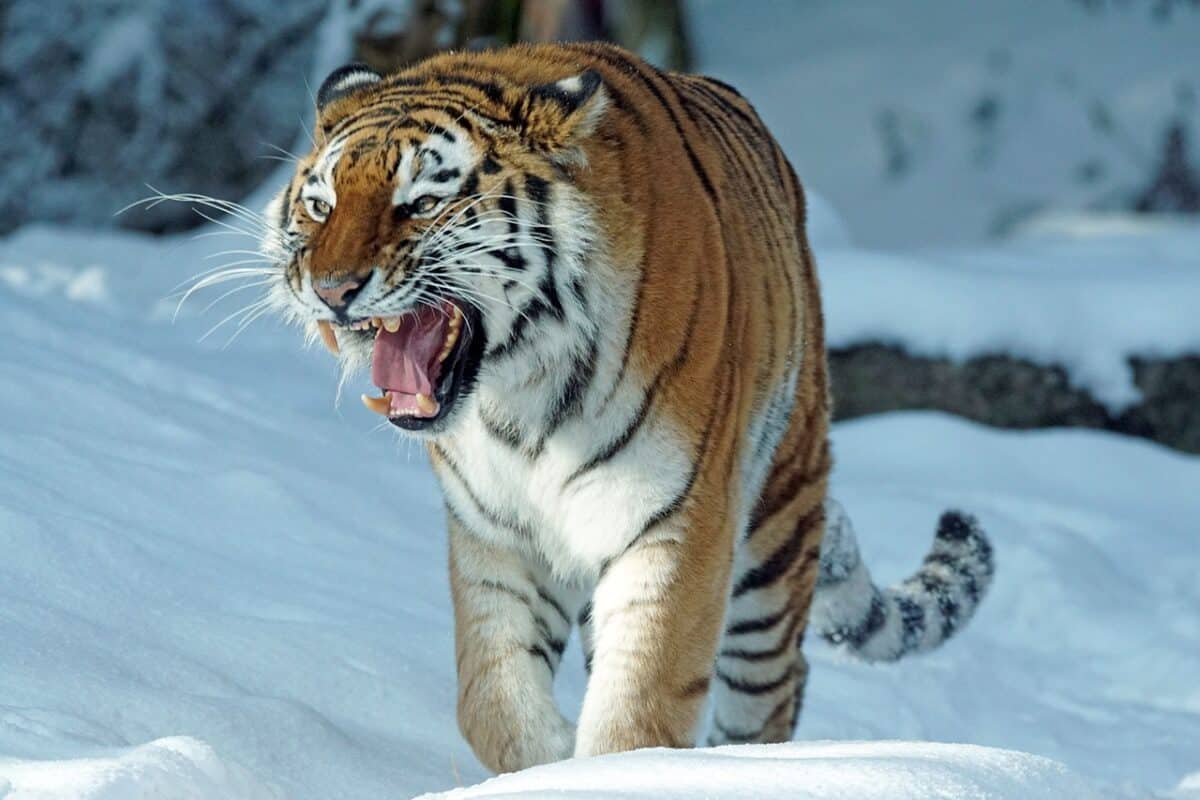
A group of tigers is called an ambush. However, tigers are ypically solitary animals, with each individual maintaining a large territory to ensure adequate access to prey. Males have larger territories that often overlap with those of several females, facilitating mating opportunities. Female tigers, especially mothers, are highly protective of their cubs, raising them alone until they are capable of independence.
Territorial Behavior
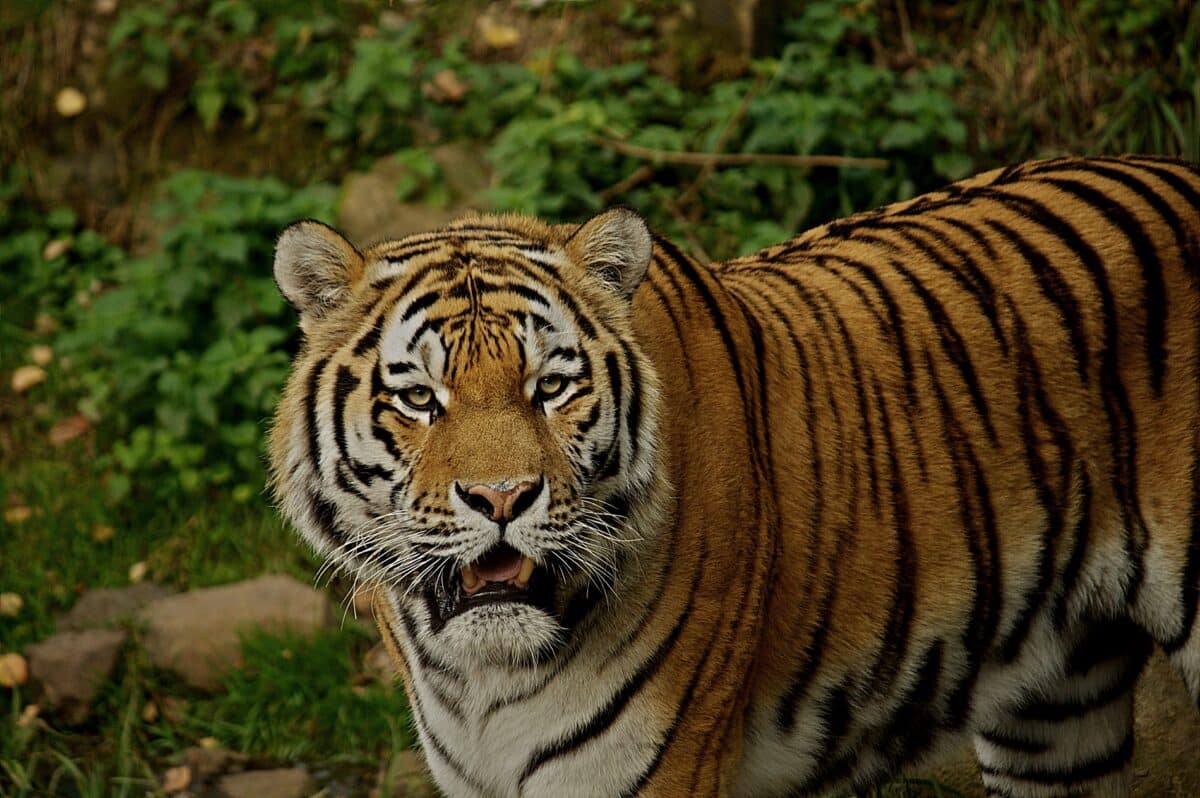
Despite their solitary nature, tigers use vocalizations, scent markings, and visual signals to communicate and establish boundaries with other tigers. Social interactions are generally limited to mating, territorial disputes, and occasional encounters between mothers and grown offspring. This solitary lifestyle helps reduce competition for resources and supports the survival of these apex predators in their natural habitats.
Dominance Displays
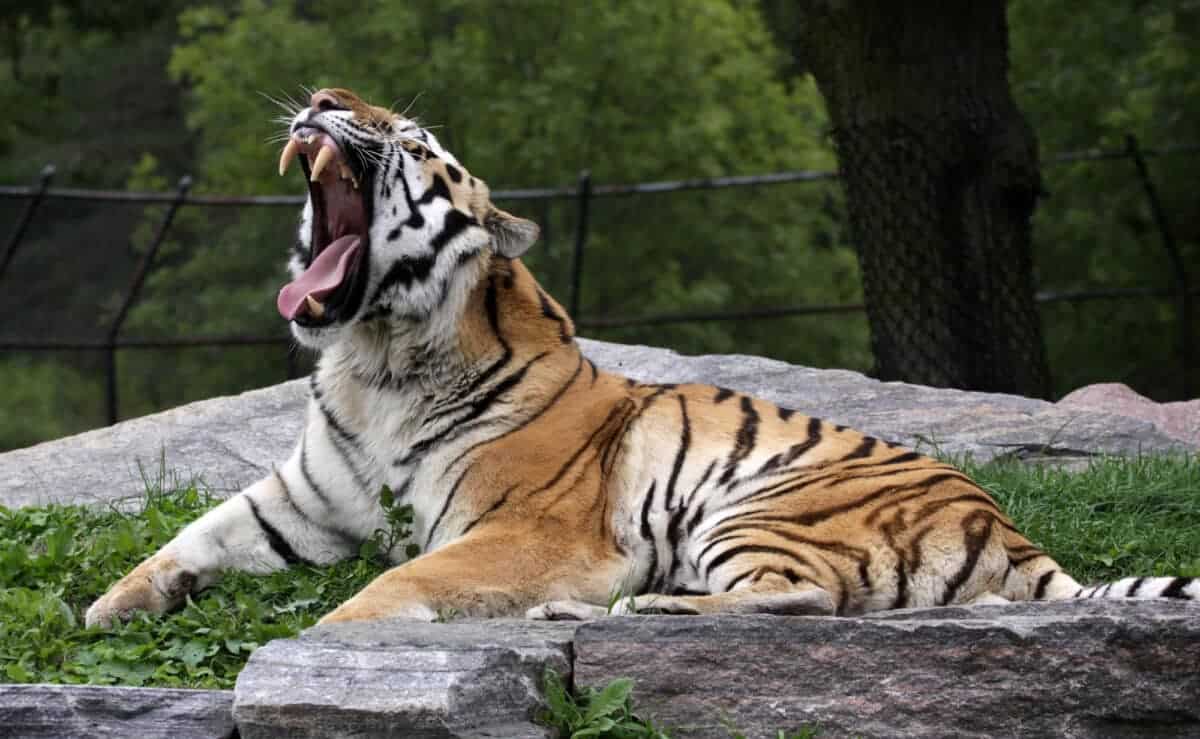
Dominant males, like the one in the video, assert their authority through intimidating displays of size and aggression, often to maintain control over resources and breeding rights. When confronted, tigers may engage in intimidation behaviors like growling, hissing, and staring down rivals to avoid physical conflict. These displays help tigers minimize direct confrontations and maintain their solitary lifestyles.
Communication Through Body Language
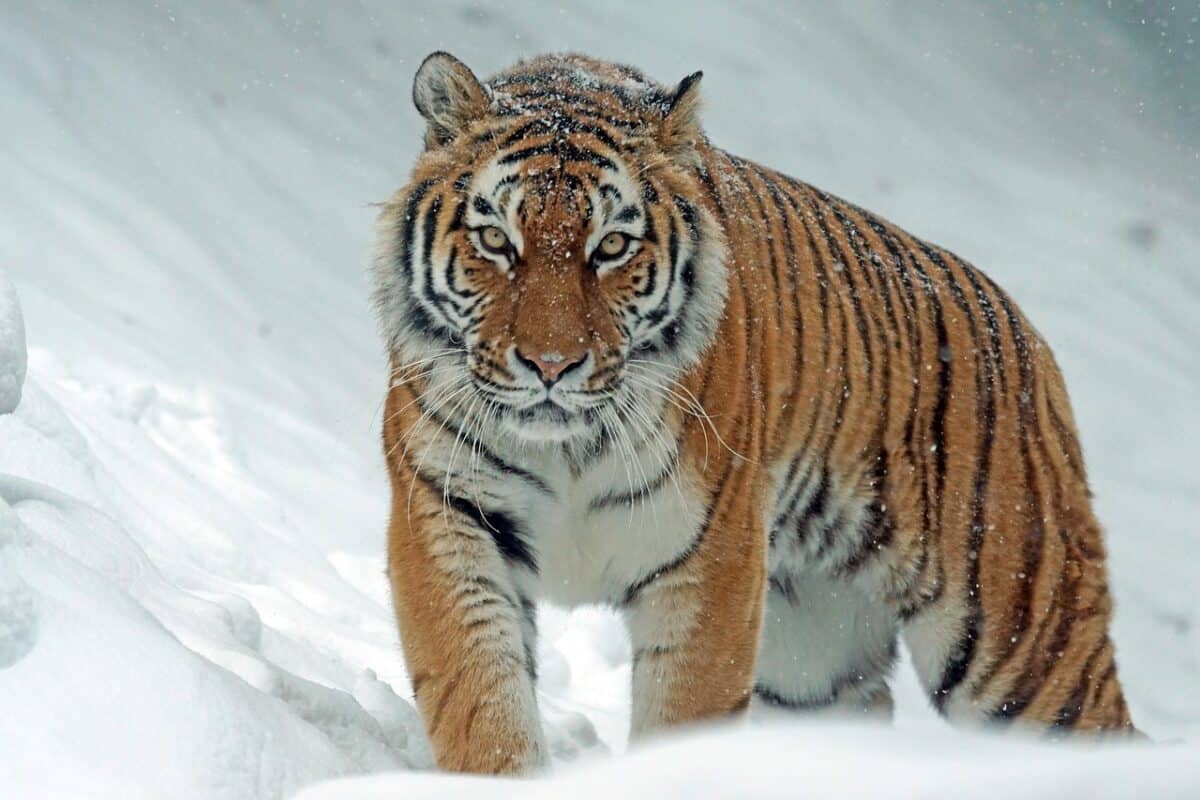
Tigers communicate with each other through a variety of body language cues. This includes posture, facial expressions, and vocalizations, to convey dominance, submission, or aggression.
Wrapping Up

In the world of Siberian Tigers, dominance is a currency of survival. The largest and strongest individuals hold sway over their territories and the creatures that inhabit them. As we witness the spectacle of a massive male tiger asserting his authority, we are reminded of the primal forces that shape the natural world. Furthermore, the delicate balance of power within it.
Conclusion
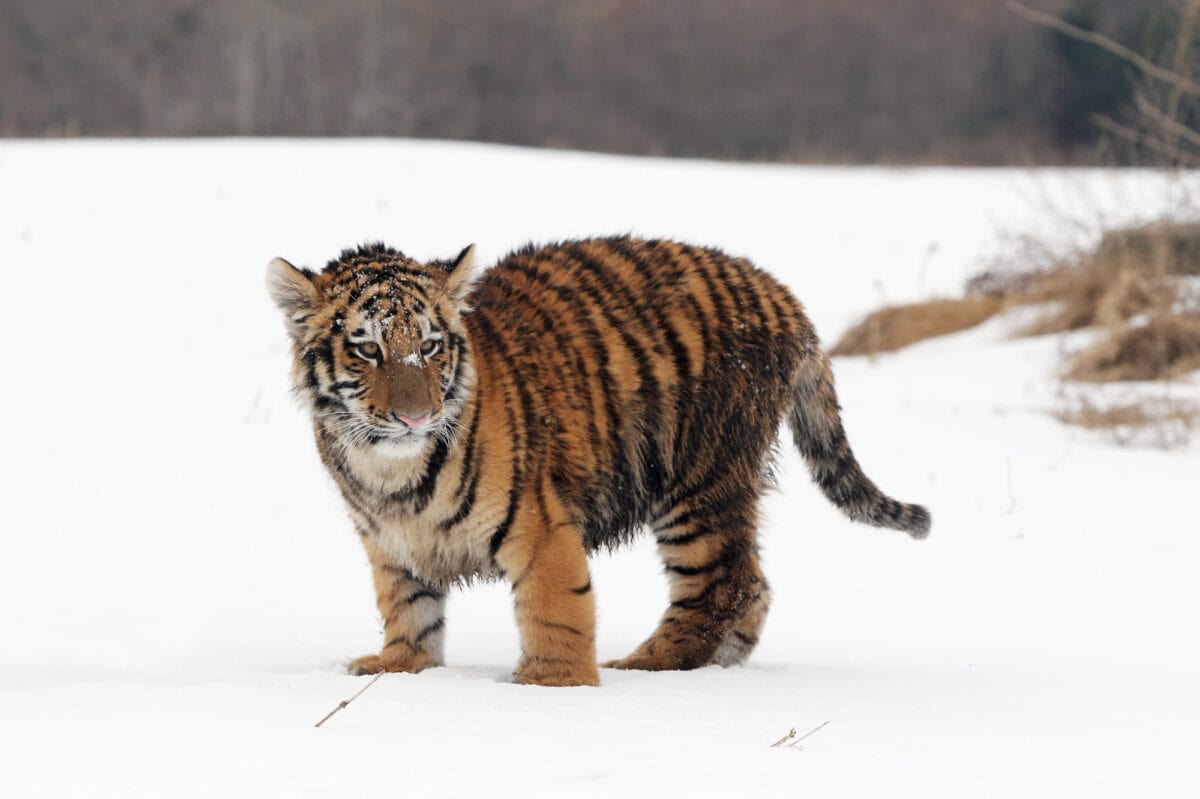
Thanks for reading along! You can check out the video here. Next up:
- Blue Whales Are Shrinking—The Unexpected Impact of Climate Change - August 16, 2025
- Chihuahua’s Highway Adventure: Watch As Motorists Shield It from Traffic - August 16, 2025
- Why Some Dolphins Carry Sponges on Their Noses - August 16, 2025

